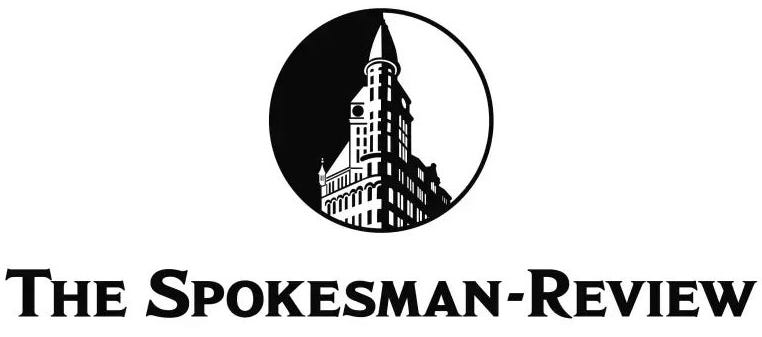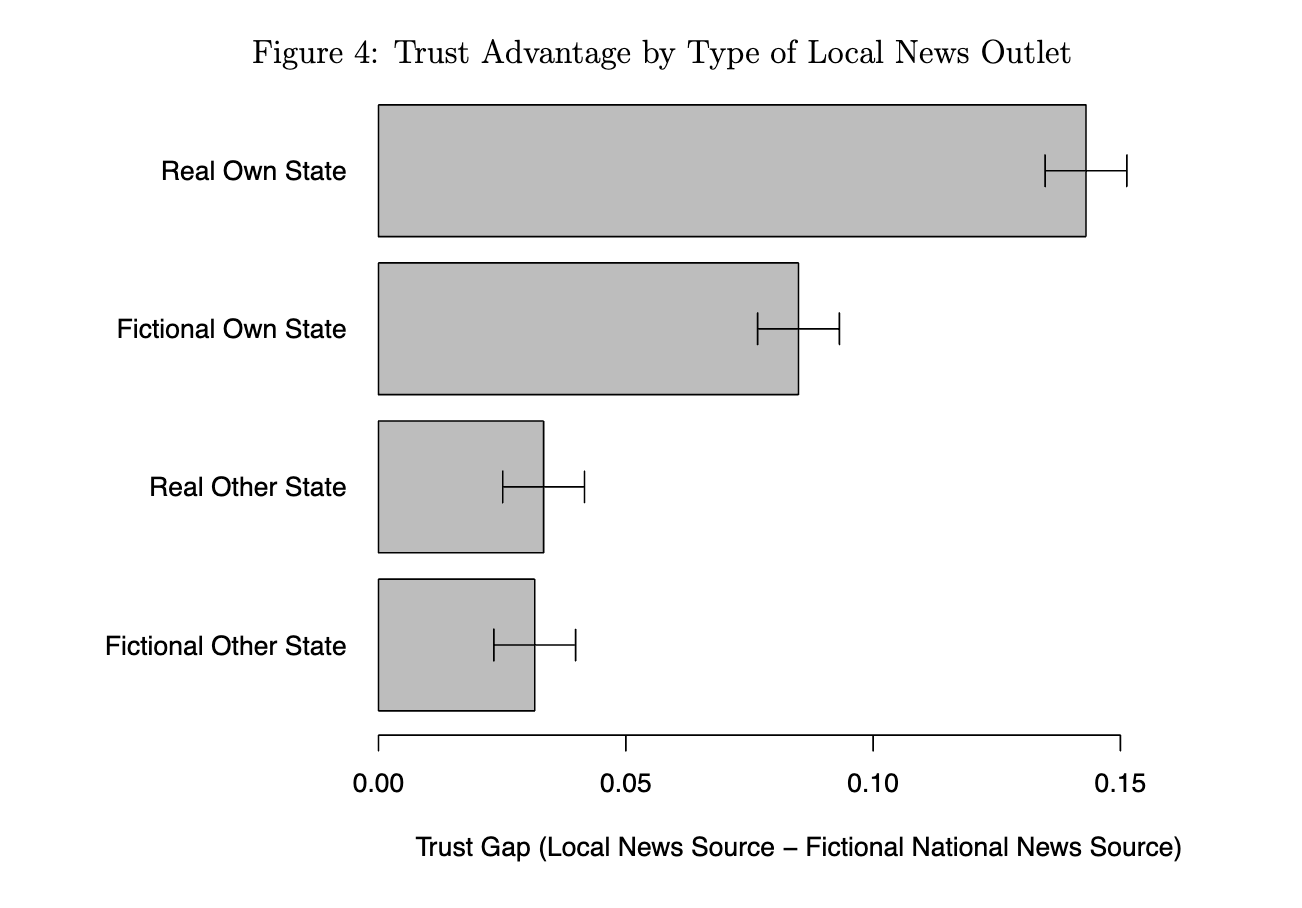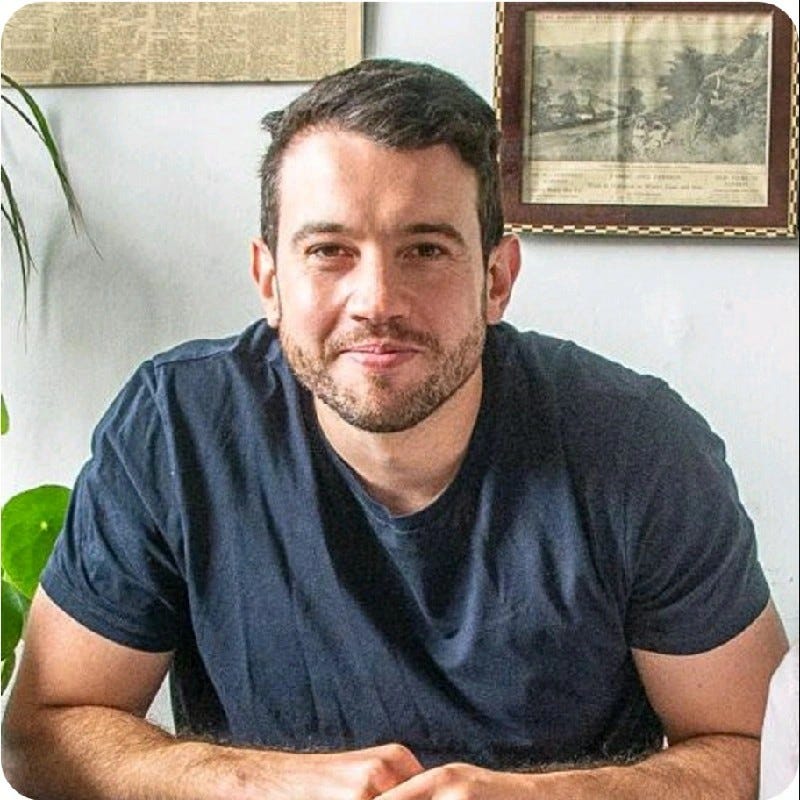How data + collaboration drive breakthrough journalism at scale
Pulitzer Prize win, Stanford conference show how data-driven collaborations can have impact
Among yesterday’s Pulitzer Prize winners, the Local Reporting award, shared by the Baltimore Banner and the New York Times, showcased how data and collaboration fuel breakthrough journalism at scale. The broader collaboration behind this effort—documenting how the fentanyl crisis has disproportionately affected a generation of older Black men—included Stanford’s Big Local News and nine other news outlets across the country, from the Boston Globe to the San Francisco Standard. Each publication reported and ran stories that leveraged the same underlying data from the CDC, but with the proper context for each city.
The nature of this collaboration was one of the topics at last month’s Story Discovery at Scale convening at Stanford University, hosted by Big Local News. In its third year, the event brought together about 70 data journalists, product folks, academics and multi-hyphenates of local news. Over two days, they shared the latest best practices and worked on new ideas for tools, training and collaborative approaches to help newsrooms unlock stories, add context and increase output.
While data-driven reporting has the potential to elevate and augment almost every story—not just multi-year enterprise projects—resource and deadline constraints often prevent us from fully utilizing what’s available. Bringing more data into day-to-day reporting in newsrooms of all sizes is part of Big Local News’ mission. It’s also a key part of Knight’s investments in local news infrastructure. So I was happy to kick off the event announcing our $3.9 million grant to support Big Local News’ efforts in this space.
Here are six key takeaways from this year’s event:
AI capabilities are evolving rapidly and warrant continuous assessment.
Things that weren’t possible weeks or months ago—such as clean handling of gnarly government PDFs—may now be doable. That’s just one of the insights from Simon Willison’s survey of the large language model landscape, with an emphasis on what’s real and usable for journalists today. His full talk is available on YouTube and embedded below.
Interactive models can pair access to data with expertise to use it properly.
Complex data sets from places like the Census Bureau and Federal Election Commission have traditionally required deep training and expertise, making them challenging to work with on deadline. New tools, such as this DataTalk experiment from Shicheng Liu, a Stanford Ph.D. student, aim to make the data more accessible with natural language queries. They can also provide safeguards to ensure proper usage and contextualization of the data. This is a long-held dream that feels closer to reality than ever before.
There’s promise in using AI to understand your audience better.
Even small newsrooms are awash in data from their audiences—emails, comments, surveys, etc.—that can help elucidate what folks want. One of the breakout groups explored this at length, and Greg Emerson of News Product Alliance’s AI Co-Lab produced this thoughtful writeup following the event.
Building for specific use cases can help unlock the power of archives.
News organizations are machines that spit out local knowledge, but the traditional article structure can make it hard for folks to find what they need. Search engines are deploying “AI Overview” functionality that extracts those bits of information, but there’s also room for news organizations to do this themselves. Dana Chiueh of the Minnesota Star-Tribune demoed some work toward unlocking geographically oriented information from the paper’s archives for their statewide expansion.
Organizing more reporting around hubs helps share resources.
Aaron Mendelson of The Trace showcased the Gun Violence Data Hub, a resource for newsrooms engaging in this coverage area. This also serves as a model for how newsrooms can anchor a beat in collaboration with other organizations.
There’s a healthy desire to reduce overlapping efforts.
Some duplication is inevitable, but the burgeoning community of practice surrounding municipal civic data is helpful. If you’re working in this space, please get in touch with the kind folks at Big Local News (contact info at the bottom of the page). There’s plenty of work to go around.
A fond farewell from Jim
In case you missed Jim Brady’s LinkedIn post from last week, here it is:
“I’ve had the privilege of serving as Knight Foundation’s vice president of journalism for nearly four years. It’s been a wild, rewarding and exhilarating ride. I’m proud of the team I’ve built, the infrastructure strategy we’ve created and the more than $200 million in grants we’ve made. It's also been an honor to have played a pivotal role in helping launch and operate Press Forward, a $500 million funding collaborative supporting local news across America. I am confident Knight’s work as a funder and thought leader has helped set the industry up for a brighter future.
But there’s still much work ahead in the fight for sustainable local news. And the field deserves someone who can provide the relentless focus this job requires. To that end, I’ll be departing Knight in mid-June.
To those in the field I’ve worked with, I thank you for your commitment, partnership, patience and ambition. The work you’re doing to revitalize your communities is so important, and I’m exceedingly proud that Knight has been able to provide support to so many of you.
As for me, my immediate plan is to embrace my entrepreneurial nature by trying something new: taking the summer off. Once I’ve recovered from recovering, I’ll figure out if, how and when to rejoin the fray.”
Other news around the horn…
Changing Course
🗞️ Spokesman-Review goes nonprofit, aims to raise $4 million. Many newspapers have been converting to nonprofit lately because, frankly, it’s hard to turn a profit with a newspaper these days. The Spokesman-Review of Spokane, Wash., is being donated by its corporate owners, the Cowles Company, to the nonprofit Comma Community Journalism Lab, run by the newspaper’s executive editor, Rob Curley. Cowles is also giving the nonprofit $2 million, contingent on Comma raising a $2 million match. Based on the Gonzaga University campus, Comma plans to partner with local school districts, universities and other nonprofit news organizations to build a pipeline of journalists in the region. It already runs The Black Lens, a newspaper for BIPOC communities in Eastern Washington, and Northwest Passages, a book club and current events forum. “We are thrilled to have the opportunity to create a new model for journalism that will sustain the newspaper and serve as an example for other communities,” said Cowles president and Spokesman publisher William “Stacey” Cowles in a statement.
📉 Houston Landing closes, lays off staff. After less than two years and $20 million in philanthropic investment, the nonprofit Houston Landing shut down, laying off all 43 staff members. What went wrong? According to a story in CJR, the Landing spent money quickly: $5.5 million in 2023 and $7.9 million in 2024, while only raising $80,000 in membership revenue last year. “This decision was difficult but necessary. Houston Landing’s reporting has made a meaningful impact in the community, but it struggled to find its long-term financial footing,” said Ann B. Stern, CEO of the Houston Endowment and board chair of the Landing. The board is in talks with the Texas Tribune, which is considering expanding its network of local news outlets to Houston. “The Landing might have begun as one of the best-funded nonprofit newsrooms in the country. It now appears to be a cautionary tale about the risks of relying on a few big funders and of disagreements about mission and strategy undermining a newsroom,” wrote Nieman Lab’s Sophie Culpepper.
💸 Creators follow the money. Whether it’s writing or podcasting, creators are learning that not all platforms are created equal—especially when it comes to payments. Writers who left Substack last year found they are earning more on other platforms such as Ghost and Beehiiv, according to Digiday. Why? These platforms charge a flat fee instead of taking a 10% cut from all transactions, as Substack does. “We’re committed to never taking a percent of subscription revenue from our users,” Beehiiv CEO Tyler Denk said. Meanwhile, Spotify has paid more than $100 million to podcasters through a partner program as the “war for creator talent heats up,” according to the New York Times. That battle is being driven by the rise of video podcasts on YouTube, which now reaches 1 billion podcast consumers monthly––far outpacing Spotify’s 170 million podcast listeners. Still, Spotify is on a roll: it hosts one of the most popular podcasts, “The Joe Rogan Experience,” and turned a profit in 2024. One podcast company, YMH Studios, saw its quarterly Spotify revenues more than triple after joining the partner program.
Expansion
💡 The rise of “multi-local” newsrooms to cover news deserts. If a newsroom has built a sustainable business model, it stands to reason that it could replicate that model in nearby towns lacking a strong local news outlet. That’s the thinking behind the Knight Growth Challenge Fund, which is investing $5.4 million in expansions for seven for-profit and nonprofit newsrooms. It’s also the strategy behind investments by the American Journalism Project (AJP) in nonprofit newsroom expansions in Texas, Colorado, Virginia and Utah. Nieman Lab recently highlighted some of these efforts, giving a shoutout to pioneering expansions by Cityside and NPR station collaborations. So how can these new networks differentiate themselves from extractive newspaper chains? “It’s not statewide coverage for local communities. It’s local community coverage for local communities,” said Sonal Shah, outgoing CEO of the Texas Tribune. “Trust is going to be built bottom up.” The Tribune will first launch the Waco Bridge and then a local outlet covering Austin. Also of note: Blue Engine and Google News Initiative have launched the GNI Growth Catalyst Program to help newsrooms expand into underserved markets. Newsrooms can apply for up to $400,000 as part of the program.
Research
🤔 Why “local cues” matter in trust for local news. What’s in a name? A whole lot—especially when it comes to trusting local news outlets online. A recent study from four academics found that people unfamiliar with a local news outlet were more likely to trust it if its name contained “local cues” (e.g., “Iowa Times”), even if the news outlet was fictional (see chart above). The study also found that a quarter of INN newsrooms covering local, regional or state politics lack local cues in their names. “This practice places these sources at a disadvantage given their need to both break through the public’s initial unfamiliarity and compete against unreliable local news sources that provide local cues in their names,” the study concluded. This is particularly concerning as so-called “pink slime” sites—political operations disguised as independent news outlets—proliferate.
Impact
🏠 Outlier Media helps homeowners recover profits from foreclosures. Last July, the Michigan Supreme Court ruled that counties that sold foreclosed homes must return any profits made from those sales—going back a decade or more. Outlier Media, based in Detroit, sprang into action, partnering with nonprofits to spread the word to affected residents in Wayne County about how to claim money they’re owed. As of April, Outlier reached 481 people who were collectively owed nearly $5.9 million. The service journalism project Profits and Losses did more than just help Detroiters file claims—it also documented the stories of so many people who lost their homes during the foreclosure crisis. “These stories, repeated thousands of times in the wake of the Great Recession, wiped away generational wealth in majority-Black Detroit and remade the city’s housing landscape,” wrote Outlier’s Koby Levin. “Even if claimants collect every cent, the damage of the foreclosure crisis remains.”
Training
INN and Tiny News Collective
For those who want to launch a news organization
$15
May 20
Jobs
Miami Foundation, Director, Press Forward South Florida and more
Learn more here.
American Journalism Project, Head of Strategic Partnerships
Learn more here.
Pulitzer Center on Crisis Reporting, Director of Editorial Programs
Learn more here.
Food and Environment Reporting Network, Director of Development
Learn more here.
The War Horse, Finance and Operations Manager
Learn more here.
Colorado Sun, General Manager
Learn more here.
Los Angeles Local News Initiative, Chief Development Officer and more
Learn more here.
Mercer University, Journalism & Media Studies, Assistant Professor of Practice
Learn more here.
Upcoming Events 📅
Collaborative Journalism Summit
Denver
May 15–16
Lenfest News Philanthropy Summit
Philadelphia
May 20–22
Minneapolis
June 3–5
Philadelphia
June 10
Radio Television Digital News Association
New Orleans
June 11–13
Investigative Reporters & Editors
New Orleans
June 19–22
Association of Alternative Media
Madison, Wisc.
July 9–11
Independent News Sustainability Summit from LION Publishers
September 3–5, 2025
St. Louis
New Orleans
September 10–13
Keane, N.H.
October 7–9
Chicago
October 23–24
Quote of the Week
“In local news, there’s nothing more useful than giving people the feeling that they are more connected to the place they live and the people who live in it. When you feel more connected, you’re more likely to give people the benefit of the doubt, more likely to take part in local organizations, more likely to vote.”
—Joshi Herrmann, founder and editor of Mill Media in the UK, discussing how local journalism can be loved again after he attended the International Journalism Festival in Perugia
*****
News @ Knight Credits
Written by Marc Lavallee, with Mark Glaser
Edited by Jim Brady and Kara Pickman







